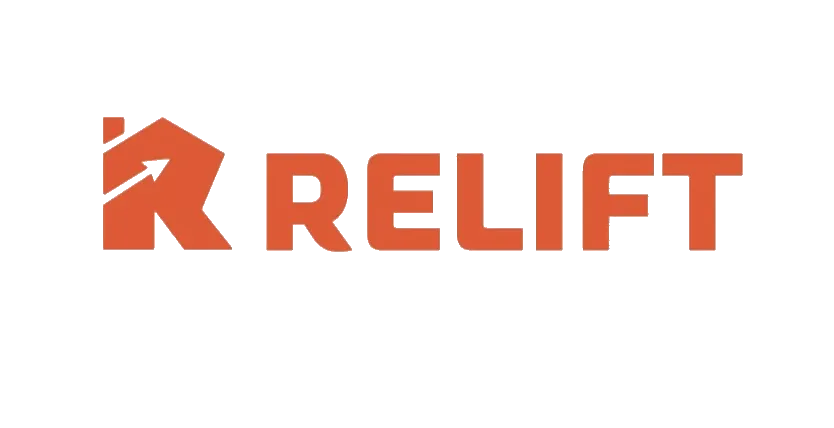Meta vs. Google Ads: Which Is Better for After-School Programs?
When it comes to marketing after-school programs like tutoring centers, karate classes, and soccer camps, digital advertising is a game-changer. Two of the biggest platforms,
Meta (Facebook and Instagram) and Google Ads, offer unique opportunities to reach parents and boost enrollment. But which one is better for after-school programs?
The truth is, both platforms have their strengths and weaknesses. Choosing the right one depends on your goals, audience, and budget. Let’s break down the key differences to help you decide.
Understanding the Platforms
Meta Ads
Meta Ads run on Facebook, Instagram, and Messenger. These platforms are highly visual, engaging, and perfect for storytelling. They excel at reaching users based on demographics, interests, and behaviors, making them ideal for brand-building and engaging parents in their daily scroll.
Google Ads
Google Ads focuses on search intent. When parents are actively searching for terms like “tutoring near me” or “after-school programs for kids,” Google helps you appear at the top of search results. Google Ads also includes display ads and YouTube advertising, providing opportunities for visual engagement.
Key Differences: Meta Ads vs. Google Ads
1. Audience Targeting
Meta Ads: Meta offers robust targeting options, allowing you to target parents based on specific demographics (age, location, income) and interests (parenting, education, extracurricular activities). You can even target users who have visited your website or interacted with your previous posts.
Google Ads: Google’s targeting is intent-based. You can target keywords that parents are actively searching for, such as “math tutoring for kids” or “best after-school program.” While Google also offers demographic targeting, it’s less specific than Meta’s.
Which is better?
Use Meta if you want to reach parents before they’re searching for a program.
Use Google if you want to capture parents who are ready to make a decision.
2. Ad Formats
Meta Ads: Visual and interactive ad formats dominate Meta. Options include carousel ads, video ads, and Stories. These formats allow you to showcase the fun, engaging environment of your program.
Google Ads: Google’s primary format is text-based search ads, though it also offers display ads and video ads through YouTube. Text-based ads work well for parents searching for solutions, while display and video ads are more similar to Meta in visual appeal.
Which is better?
Meta wins if you have compelling visuals, such as photos of students participating in activities or success stories.
Google is better if you rely on keyword-driven campaigns targeting parents searching for specific solutions.
3. Cost Per Click (CPC)
Meta Ads: Meta Ads generally have a lower CPC than Google Ads, especially in less competitive niches. However, costs can rise depending on targeting and competition in your area.
Google Ads: Google Ads tend to have a higher CPC, especially for competitive keywords like “tutoring” or “after-school programs.” However, they often yield higher-quality leads because the user intent is stronger.
Which is better?
Meta is more cost-effective for awareness and engagement campaigns.
Google delivers higher-quality leads but at a higher cost.
4. Conversion Tracking
Meta Ads: Meta’s ad manager offers detailed analytics, including impressions, clicks, and conversions. You can track how many people signed up for a program or filled out a form directly through your ads.
Google Ads: Google Ads provides advanced conversion tracking, allowing you to measure phone calls, website form submissions, and even foot traffic to your center.
Which is better?
Both platforms offer excellent tracking tools, but Google is slightly more advanced when it comes to tracking high-intent actions like phone calls.
5. Campaign Goals
Meta Ads: Best for building brand awareness and nurturing interest. Use Meta to educate parents about your program, share testimonials, and create engaging content.
Google Ads: Best for driving immediate action. Use Google Ads to capture parents actively searching for solutions and guide them toward enrollment.
Which is better?
Meta shines for long-term brand-building and creating a connection with parents.
Google is ideal for immediate lead generation and driving conversions.
When to Use Both Platforms Together
While both platforms have their strengths, the most effective strategy often involves using them together. For example:
Meta Ads: Run awareness campaigns to introduce your program to parents. Use videos and testimonials to build trust and familiarity.
Google Ads: Retarget parents who visited your website after seeing your Meta Ads. Capture high-intent leads searching for programs in your area.
This combination allows you to build awareness on Meta and capture leads on Google, creating a seamless funnel that moves parents from interest to enrollment.
Final Thoughts
Choosing between Meta and Google Ads depends on your goals. If you want to build awareness, nurture trust, and engage parents visually, Meta is the way to go. If you want to capture high-intent leads and drive immediate action, Google is your best bet.
At Relift, we specialize in helping after-school programs design and execute effective ad campaigns on both platforms. Let us help you maximize your marketing budget and enroll more students today.
Ready to grow your program? Contact us to get started!

647-262-6232
© Copyright 2024. Relift. All rights reserved.
